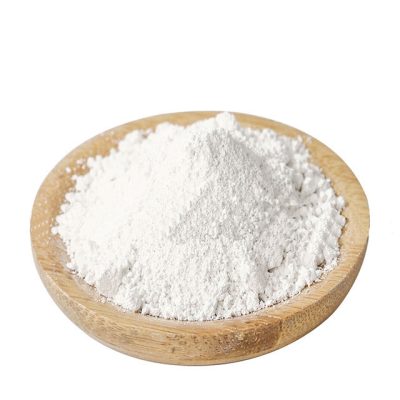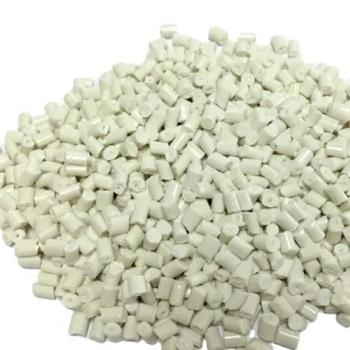Edge banding is made from a variety of raw materials, each chosen based on the desired properties, cost, and application. Here are the common raw materials used for edge banding:
- PVC (Polyvinyl Chloride):
- Raw Materials: Ethylene, chlorine, and various additives for flexibility, UV resistance, and color stability.
- Properties: Durable, flexible, moisture-resistant, available in various colors and patterns.

- ABS (Acrylonitrile Butadiene Styrene):
- Raw Materials: Acrylonitrile, butadiene, and styrene.
- Properties: Environmentally friendly, recyclable, good impact resistance, and available in a range of finishes.

- Wood Veneer:
- Raw Materials: Thin slices of natural wood from various species (e.g., oak, maple, cherry).
- Properties: Provides a natural wood look, can be stained or finished, flexible, and adds a high-end appearance.
- Melamine:
- Raw Materials: Paper or fabric impregnated with melamine resin.
- Properties: Cost-effective, available in various colors and patterns, durable, and easy to apply.
- Solid Wood:
- Raw Materials: Strips of solid wood from various species.
- Properties: Natural wood appearance, can be sanded and finished, more durable, and suitable for high-end applications.
- Polypropylene (PP):
- Raw Materials: Polypropylene resin and various additives.
- Properties: Flexible, durable, resistant to chemicals and moisture, and environmentally friendly.
Each type of edge banding material has its unique advantages and is selected based on the specific requirements of the furniture or cabinetry project.


